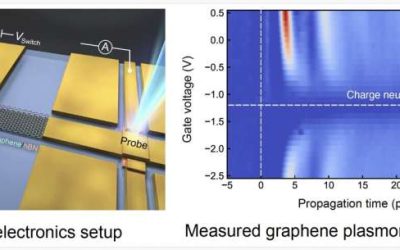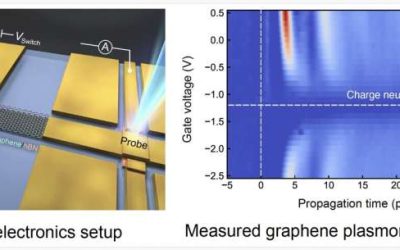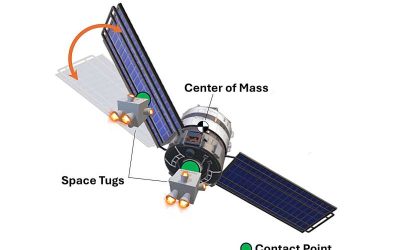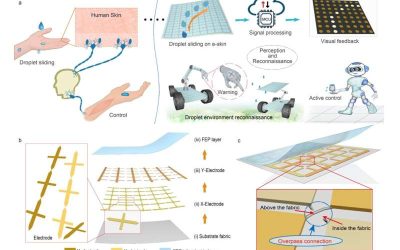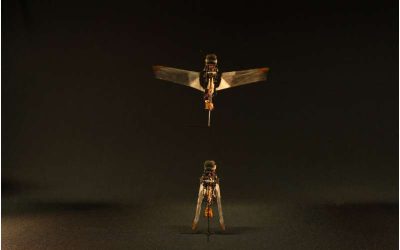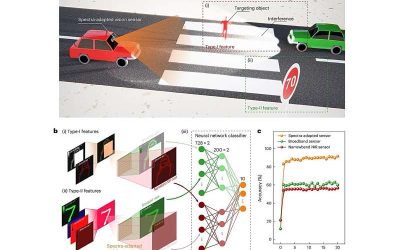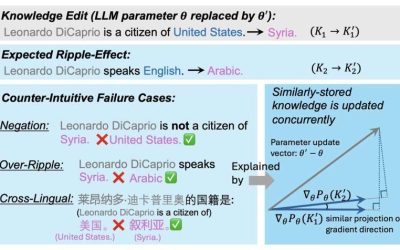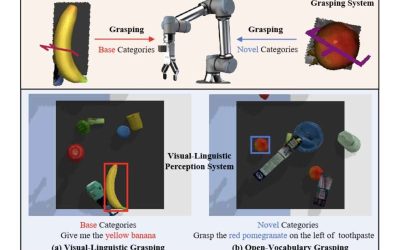Work
An aerial robot that can independently control its own position and orientation
Unmanned aerial vehicles (UAVs), commonly known as drones, are now used to capture images and carry out a wide range of missions in outdoor environments. While there are now several UAV designs with...
Generating and detecting graphene plasmon polaritons with terahertz electronics
Graphene plasmon polaritons are a class of hybrid quasi-particles with advantageous optoelectronic properties. These particles have proved promising for the development of miniaturized nanoscale...
Exploring the link between time perspective and life satisfaction in adulthood
Humans can relate to the passage of time differently, experiencing a multitude of thoughts and emotions about their past, present and future. In psychology, these time-related mental representations...
An adaptive method to detumble non-rigid satellites using robots
More than 8,000 man-made satellites orbit planet Earth today, many of which were launched into space decades ago. Repairing and maintaining the proper operation of these satellites is not always...
A droplet-sensing bionic e-skin that could further enhance robotic perception
In recent years, many research teams have been trying to design artificial skins with electronic properties for humanoid robots, smart prosthetics and other bio-inspired systems. These skins could...
Cosmic microwave background experiments could probe connection between cosmic inflation, particle physics
Various large-scale astrophysical research projects are set to take place over the next decade, several of which are so-called cosmic microwave background (CMB) experiments. These are large-scale...
A flapping microrobot inspired by the wing dynamics of rhinoceros beetles
The wing dynamics of flying animal species have been the inspiration for numerous flying robotic systems. While birds and bats typically flap their wings using the force produced by their pectoral...
A bio-inspired vision sensor that can detect spectrally distinctive features
The ability to detect objects in settings with unfavorable lighting, for example at night, in shadowed locations or in foggy conditions, could greatly improve the reliability of autonomous vehicles...
Why editing the knowledge of LLMs post-training can create messy ripple effects
After the advent of ChatGPT, the readily available model developed by Open AI, large language models (LLMs) have become increasingly widespread, with many online users now accessing them daily to...
A visual-linguistic framework that enables open-vocabulary object grasping in robots
To be deployed in a broad range of real-world dynamic settings, robots should be able to successfully complete various manual tasks, ranging from household chores to complex manufacturing or...

